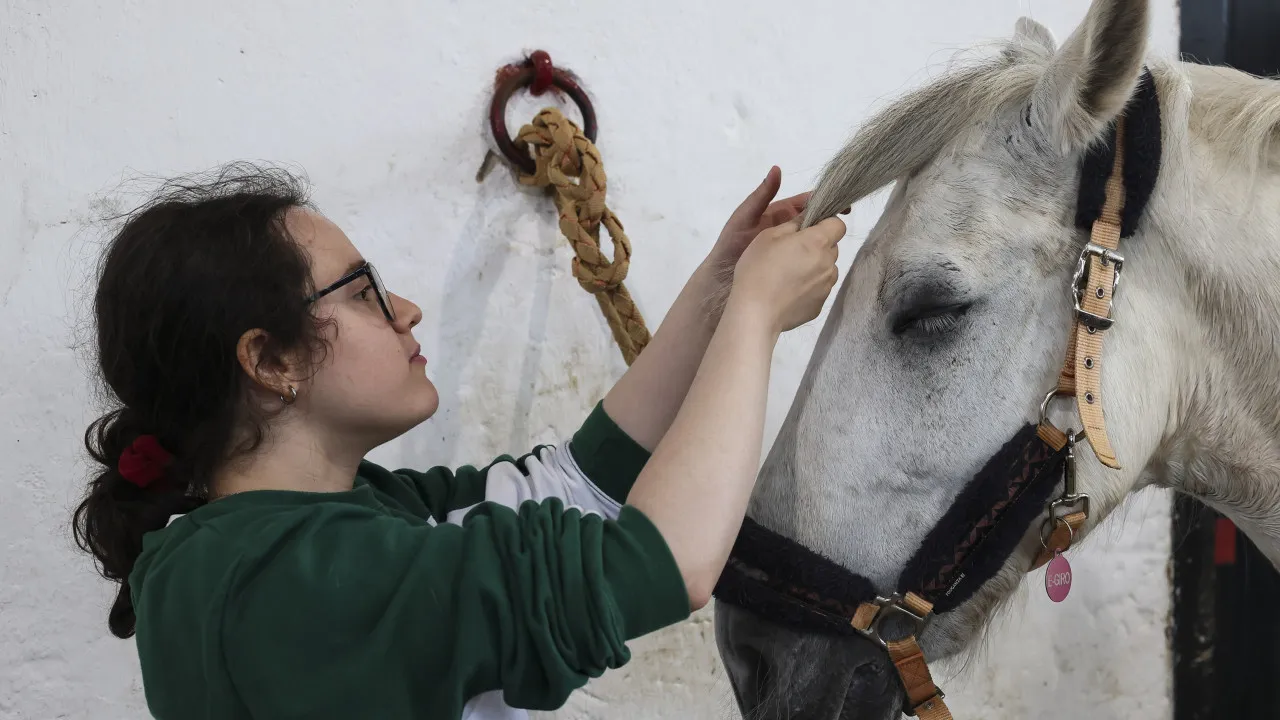The opening of the first surgical block at the Luís Mendes da Graça Maternity Hospital took place on August 19.
With the new surgical blocks in operation, ULS Santa Maria once again ensures cesarean sections and labor inductions, which had to be performed at other National Health Service (SNS) institutions in the Lisbon region during the construction of the new maternity ward that began about a year ago.
On August 5, the Gynecology Emergency department began operating in the new maternity ward, providing care for pregnant women up to 22 weeks of gestation, a service that was never interrupted at the institution during the year of construction.
According to ULS Santa Maria, in the first week of activity in the new facilities, the emergency service attended to about 260 patients, with an average of 40 cases daily.
Last month, an Obstetric-Gynecological Ultrasound Unit began operating, with a total of six offices, one more compared to the previous unit.
In an interview with Lusa at the end of July, the president of ULS Santa Maria, Carlos Martins, confirmed the full operation of the two delivery rooms starting September 1.
Carlos Martins stated that the new maternity ward should be prepared to handle 3,000 annual deliveries by 2025, planning to hire 120 specialist professionals between this year and the next.
The overall investment of six million euros allowed for the remodeling of the Obstetrics and Gynecology emergency department and the construction of 12 rooms, two operating theaters, and an observation room in the new maternity ward, totaling about 1,000 square meters of newly built area.
“From an objective point of view, we invested six million euros in construction, equipment, and furniture. We have programmed in our action plan, in terms of human capital, an investment of four million euros annually. And we cannot forget that we were stopped for a year, and there were no revenues – an average of 2.5 million euros per month – which is 30 million euros. So, 36 million euros plus four is 40 million euros in socioeconomic investments that the National Health Service and taxpayers made,” explained the institution’s president.








